All in the Family
Have you or has someone you know sent off a sample of DNA to track down your family history? The goal is to figure out your lineage – who’s related to who and how. The results come back in a “family tree”, with many branches splitting off into smaller branches. Did you know the same can be done for animals?
While we keep track of every animal’s personal family history at the Zoo, we also have knowledge of different species’ taxonomy, which tells us how different species are related. Some of the familiar relations may surprise you!
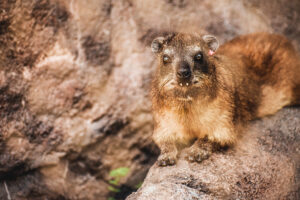

Between the meerkat and white-throated monitor habitat in the Africa – Okavango Delta, if you look on the highest rock in this exhibit, you may find a rock hyrax. At first glance, they appear to be some sort of African rodent. The actual closest living relative to this small, climbing critter? An African elephant! Both hyraxes and elephants can grow tusks from their teeth and have flattened hoof-like nails on the tips of their toes instead of the curved claws seen on other species of mammals.
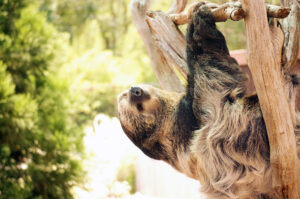
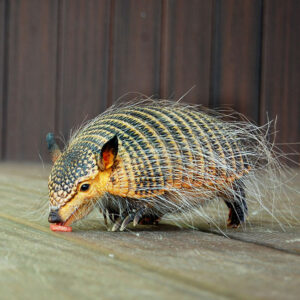
Let’s move to the next animal with surprising relatives. Sloths, everyone’s favorite slow-moving mammal, aren’t related to monkeys or even primates, even though they are primarily arboreal, or tree-dwelling. Instead, they’re closely related to anteaters and armadillos. All three types of animals are from South, Central and parts of North America Not only is their DNA similar but sloths, anteaters and armadillos all have unique joints between their vertebrae, which is unseen in any other group of mammals. *Also just one of my favorite facts, none of them can see any colors.
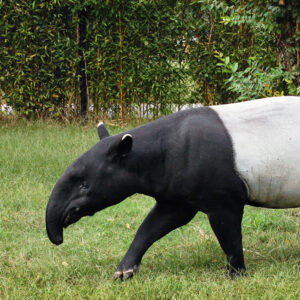
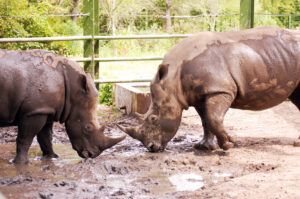
With their elongated snouts, tapirs look like they’d be related to elephants or hogs, right? Wrong! Tapirs are actually closely related to rhinoceroses. Both are considered odd-toed ungulates, meaning they have three toes on each foot, with the middle toe being longer and able to withstand more standing pressure. Rhinos, tapirs and other members of this animal order also have long faces with large nostrils and therefore good senses of smell.
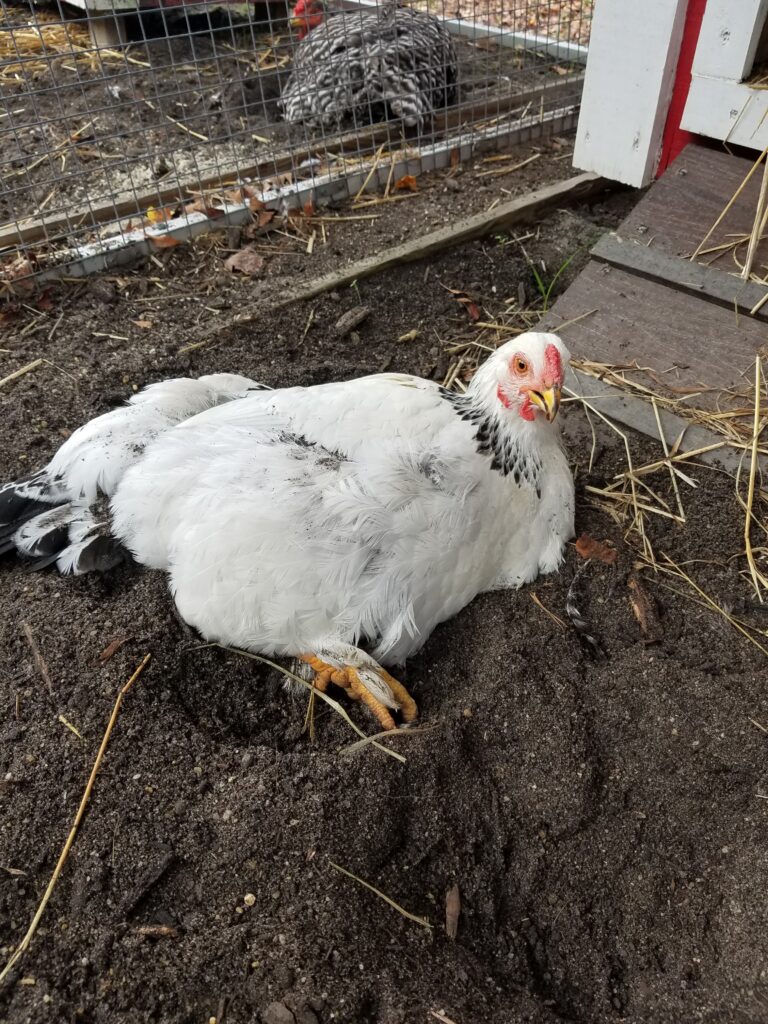
Another type of animal that has a potentially surprising relative is the chicken. If you’re familiar with evolution, then you may know that birds evolved from dinosaurs, and the chicken is no exception. The closest living relatives to a chicken are other birds, including ostriches, but chickens share an alarming amount of DNA with a not-so-docile creature – the Tyrannosaurus rex! In fact, it is believed the chicken and T. rex are more closely related than the T. rex and a crocodilian.
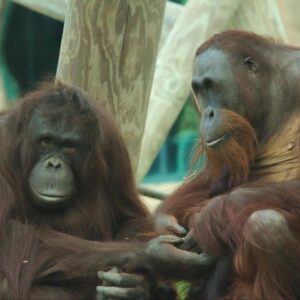

The Virginia Zoo is home to two types of apes: greater, like our orangutans, and lesser, like our siamangs and gibbons. While humans are closely related to apes, we are very closely related to great apes, which include chimpanzees and gorillas, as well as orangutans. Humans share 98 percent of our genetic makeup with these primates. Behaviorally, we are similar too! Orangutan young stay with their mothers for around 8 years, the longest of any animal… except for humans!
What animals are you familiar with that are surprisingly related to each other?